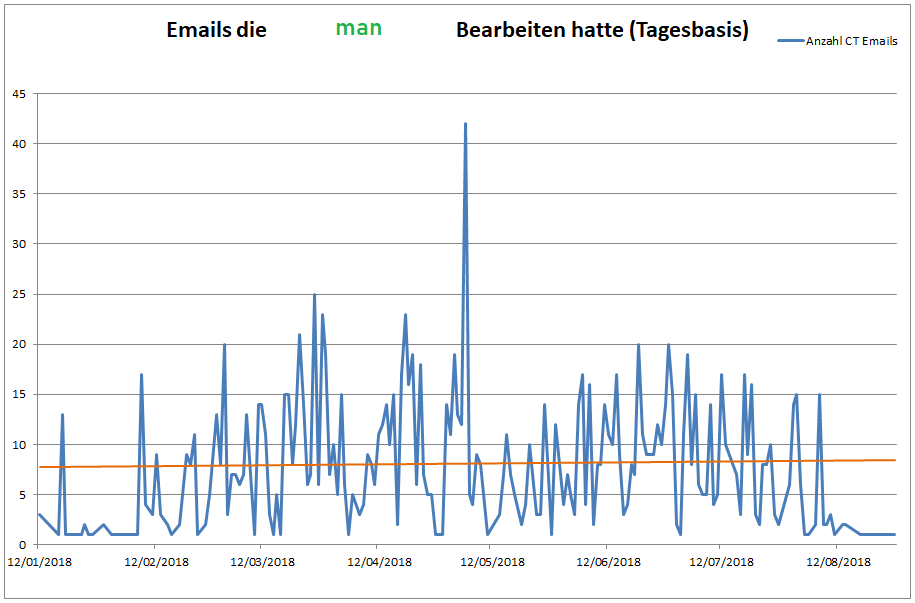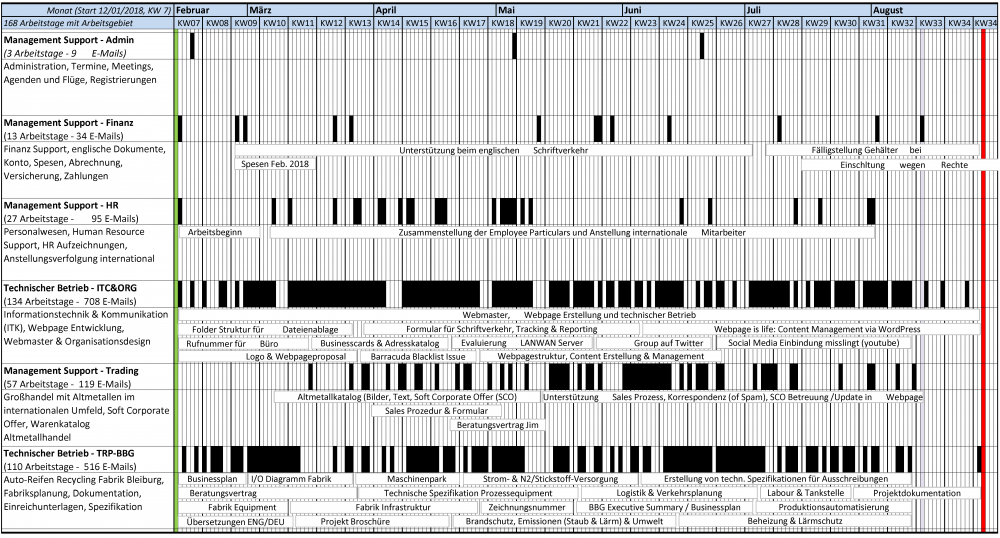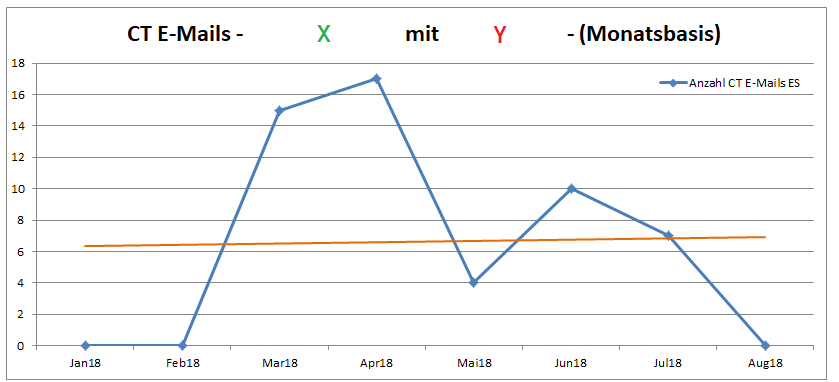Intro
Documentation (Docu) ist important.

We all know that you do not have to write everything down or even tie it up. But we also know that you should read the “small print” in a contract very carefully before signing it. From this continuum you can see that it is often up to you what you document and what you do not document.
There was once an active politician in Austria who asked his friend: What was my achievement in this project? This gentleman had probably not documented anything, not even mentally, because otherwise he would surely have saved himself this stupid question. In the course of a project implementation, a wide variety of documents can arise, become due or brought in.
Document Types
Which documentation is really needed and the frequency with which it will have to be revised depends on the scale of the project itself.
The most important project documents are:
- Project plan (survey report, technical pre-design, schedule and personnel, costs & operational preview)
- Tender documents and offer evaluation documents
- Contract (technical, commercial & logistics)
- Permits and 3rd Party approvals
- Design und rollout plan
- Project status report with action and punch lists
- Test reports (factory, on-site, system integration tests and interfaces)
- Correspondence (e.g., via MS Outlook)
- Minutes of Meeting
- Delivery papers and invoices
- Risk analysis and Insurance
- System und Training documentation
One thing is certain in business life: those who write conscientiously remain successful. Documentation, beside personnel, are main pillars for a successful tender and the entire project implementation
Using Evidence
The success one has in keeping efficient documentation is well known. Here is an example anyway that utilizes professional the E-Mail COMM Tool MS Outlook. Because to the Austrian politician who did not document his work, who did not know what he himself contributed to his project – as a project employee you are a contributor – JF-Soft wants to bring you closer to documentation matters with the following example.

Because a company E-Mail was available, MS Outlook was used, and because she was therefore able to document here work via E-Mail, an employee in a company start-up was able to prove that she was worked intensively and beyond thoughts.
This is because here mails documented the progress of the project well and the attachments to here E-Mails also clearly showed her own work and thus her progress in the project.
All E-Mails received or sent via her company E-Mail account were studied via “Subject”, “Persons”, “Date”, etc. and the following was well documented:
- What it was or is about
- Acting persons, organizations
- Contact lists and social relationships
- Interests and special interests
- Opinions, discussions and decisions
- Course of events
The course of events / the timeline is often important in order to get ahead with a mediation.
Let us focus on it. When was what action and who was there or involved? What was it actually about?
So what shows the process of actions over time?
When used correctly, MS Outlook provides you with a communications and scheduling database that you can use worldwide to document communication processes and thus mange events and projects.
In order to bring the idea closer to you, you will find diagrams for study and discussion below showing how many e-mails were received or sent, on which day, on which topic or subject, by whom.
Note: Half a year is shown.
Evidence by Frequency – E-Mail – IN & OUT

Discussion: u/c
Evidence by E-Mail Subject

Discussion: u/c
Evidence by E-Mail Frequency – single Person – IN & OUT

Discussion: u/c